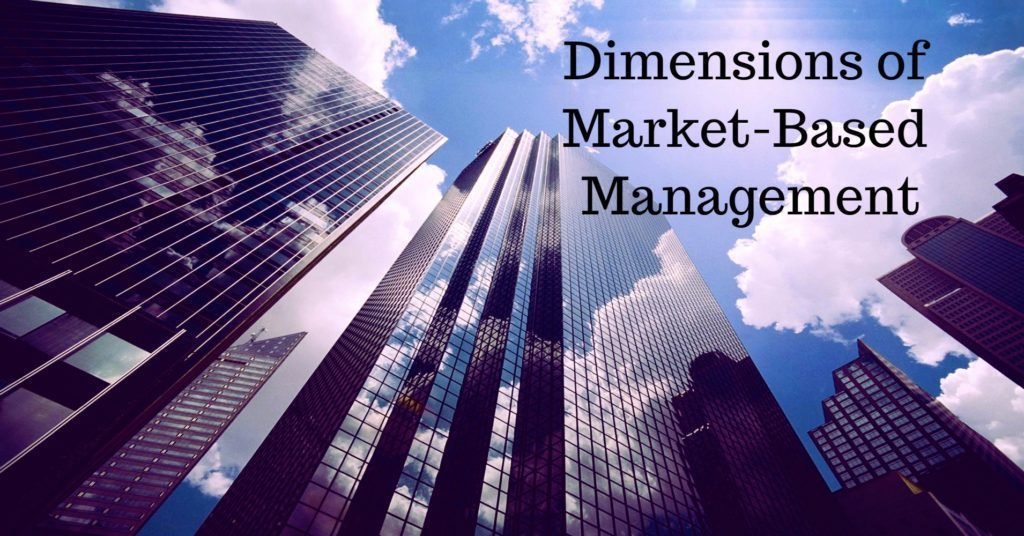Money and Capital Market Difference; What the differences between things are you first need to understand what each of the items is. In this case, before you can understand the difference between the money market and the capital market, you are going to need to understand. What money market is and what capital markets are. Once you understand the two items are it will be easier to see what the difference or differences are between the two markets. Also learn, What is the Difference Between an Intrapreneur and Entrepreneur? the Difference Between Money and Capital Market!
Learn and Understand, the Difference Between Money and Capital Market!
The following Difference below is:
What is the Money Market?
The money market is the global financial market for short-term borrowing and lending and provides short-term liquid funding for the global financial system. The average amount of time that companies borrow money in a money market is about thirteen months or lower. Some of the more common types of things used in the money market are certificates of deposits, bankers’ acceptances, repurchase agreements, and commercial paper to name a few.
What the money market consists of are banks. That borrow and lend to each other, but other types of finance companies are involving in the money market. What usually happens is the finance companies fund themselves by issuing large amounts of asset-backed commercial paper. That is securing by the promise of eligible assets into an asset-backed commercial paper conduit. Your most common examples of these are auto loans, mortgage loans, and credit card receivables.
What is Capital Market?
The capital market is a type of financial market. It includes the stocks and bonds market as well. But in general, the capital market is the market for securities. Where either companies or the government can raise long-term funds. One way that the companies or the government raise these long-term funds is through issuing bonds.
Which is where a person buys the bond for a set price and allows the government or company to borrow. Their money for a certain time but they are promising a higher return for allowing them to borrow the money. The higher return is paying through the interest that accrues on the money that the government or company borrows. The Difference between Revaluation and Realization Account!
Another way that the companies or government can raise money in the capital market is through the stock market. Most of the time you don’t see the government as a part of the stock market. But it can happen so we need to include them. But how the stock market works is that the companies decide to sell shares of their stock. Which is ownership in the company, to ordinary people and other companies, as a way to raise money. The people who buy the stock are usually given dividends each year if the company agrees to pay out dividends. So, that is another possible return on their investment.
The capital market consists of two markets. The first market is the primary market and it is where new issues are distributing to investors and the secondary market where existing securities are trading. Both of these markets are regulating so that fraud does not occur and in India, the Securities and Exchange Board of India (SEBI) is in charge of regulating the capital market.
The Difference Between Money and Capital Market!
The difference between the money market and capital market is that money markets are more of a short-term borrowing or lending market. Where banks borrow and lend between each other. As well as, finance companies and everything that is borrowing, is usually paying back within thirteen months. Whereas capital markets are for long-term investments, companies are selling stocks and bonds to borrow money from.
Their investors to improve their company or to purchase assets. Another difference between the two markets is what is being used to do the borrowing or lending. In the money markets, the most common things used are commercial paper and certificates of deposits. Whereas with the capital markets the most common thing used is stocks and bonds.
The money market is distinguishing from the capital market based on the maturity period, credit instruments, and the institutions, the Difference Between Money and Capital Market:
Basic Role:
The basic role of the money market is that of liquidity adjustment. The basic role of the capital market is that of putting capital to work, preferably to long-term, secure, and productive employment. Learn about the Difference Between Management and Leadership!
Maturity Period:
The money market deals with the lending and borrowing of short-term finance. While the capital market deals in the lending and borrowing of long-term finance.
Credit Instruments:
The main credit instruments of the money market are called money, collateral loans, acceptances, bills of exchange. On the other hand, the main instruments used in the capital market are stocks, shares, debentures, bonds, securities of the government.
Nature of Credit Instruments:
The credit instruments dealt with in the capital market are more heterogeneous than those in the money market. Some homogeneity of credit instruments is needed for the operation of financial markets. Too much diversity creates problems for investors.
Institutions:
Important institutions operating in the money market are central banks, commercial banks, acceptance houses, non-bank financial institutions, bill brokers, etc. Important institutions of the capital market are stock exchanges, commercial banks, and non-bank institutions. Such as insurance companies, mortgage banks, building societies, etc.
Purpose of Loan:
The money market meets the short-term credit needs of the business; it provides working capital to the industrialists. The capital market, on the other hand, caters to the long-term credit needs of the industrialists and provides fixed capital to buy land, machinery, etc.
Risk:
The degree of risk is small in the money market. The risk is much greater in the capital market. The maturity of one year or less gives little time for a default to occur, so the risk is minimizing. Risk varies both in degree and nature throughout the capital market.
Relation with Central Bank:
The money market is closely and directly linked with the central bank of the country. The capital market feels the central bank’s influence, but mainly indirectly and through the money market.
Market Regulation:
In the money market, commercial banks are closely regulating. In the capital market, the institutions are not much regulated.








